Description
Buy 10 Euro Bills Online
Buy 10 Euro Bills Online One of the most widely used small-denomination euro notes is the €10 note. Because of its widespread circulation, counterfeiters may occasionally target it. Many-layered security mechanisms are included in the Europa series of modern euro notes to enable rapid authentication by both humans and machines. Knowing a few basic checks will assist your firm in avoiding taking counterfeit notes and protect you from losses.
Three fast checks every cashier should know (feel — look — tilt)
When a banknote comes across your counter, do these three quick tests — they take only a few seconds:
1. Feel (paper and raised print)
A genuine euro note is printed on cotton-based paper, not ordinary paper. It feels crisp, firm, and slightly rough. Run your fingertip across the large numeral and principal motif — you should feel raised printing (embossed ink).
2. Look (watermark and security thread)
Hold the note up to strong light. You should see a clear watermark portrait and an embedded security thread running vertically through the paper. The thread contains tiny letters and the denomination.
3. Tilt (hologram and emerald number)
Tilt the €10. The hologram patch and the shiny “emerald number” will change appearance: the hologram shows shifting symbols and the emerald number goes from emerald green to deep blue with a light effect (and a moving light line).
If a note fails any of these tests, keep it aside for further examination.
Detailed security features of the €10 (Europa series)
For a deeper check, confirm multiple features rather than relying on a single sign:
-
Portrait watermark (Europa): When backlit, a faint portrait (Europa) and the value numeral appear within the watermark area. It is visible from both sides.
-
Portrait window: Small transparent portrait window (near the top of the hologram area). When held against light it shows a clear portrait that can be seen from both sides.
-
Hologram patch/stripe: On tilting, images in the hologram change — typically alternating between the portrait, a value numeral and architectural motifs.
-
Security thread: Embedded dark thread shows the euro symbol (€) and the value (10) when held up to light. Under magnification you can read microprinting on it.
-
Emerald number: Large, color-shifting number in the bottom-left corner that changes from emerald green to deep blue and produces an effect of a light moving when the note is tilted.
-
Raised (intaglio) printing: Key motifs, lettering and the main image are printed in raised ink that you can feel.
-
Microprinting: Tiny, sharp text (e.g., bank name, value) that remains crisp under magnification — on a fake it often looks blurred.
-
Ultraviolet (UV) features: Under UV light, embedded fibers and certain inks glow; the paper itself does not fluoresce. (UV checks require a lamp.)
-
Infrared and machine-readable marks: Banknote scanners and cash-handling machines use IR and magnetic characteristics to authenticate notes — useful for businesses handling large volumes.
-
Colours and design motifs: The €10 uses Romanesque architectural motifs and a distinctive red/orange palette; poor colour matching can be a sign of a copy.
Common signs of counterfeiting
Pay attention when a note shows several of these warning signs:
-
Paper feels like ordinary printer paper or plastic rather than cotton paper.
-
Watermark or security thread missing, misaligned, or printed (not embedded).
-
Hologram is flat, blurred or shows non-shifting images.
-
Printing is fuzzy, colours are off, or edges are irregular.
-
Raised printing is absent — the note feels flat.
-
Microtext is unreadable or smeared.
A single small imperfection could be wear or a printing error; multiple defects usually indicate a counterfeit.
What to do if you receive a suspected counterfeit
-
Do not return the banknote to the person who handed it to you. Politely delay the customer if possible.
-
Handle it as little as possible. Place the note on a clean surface; do not mark or cut it.
-
Record details. Note the time, location, the person’s appearance, direction they left, and any vehicle details.
-
Inform the police. Report suspected counterfeits to local law enforcement promptly. They will advise whether to surrender the note for examination.
-
Contact your bank. Banks often coordinate with national central banks on counterfeit matters; follow their guidance for handing over the note.
-
Don’t attempt to destroy the note. Authorities require the original for forensic analysis.
-
Train staff. Have a simple internal procedure (who to call, how to isolate notes, how to complete an incident report).
Following a standard process protects your business legally and helps authorities track counterfeit sources.
Tools and services that help businesses
-
Counterfeit detection pens — quick chemical check but not definitive (use as a first filter).
-
UV lamps — reveal embedded fibers and UV ink features.
-
Banknote validators/scanners — recommended for high-volume cash businesses (shops, restaurants).
-
Staff training — brief regular training sessions and poster reminders at the till dramatically reduce risk.
Legal implications
Counterfeiting banknotes is a serious criminal offence in all EU countries. Penalties include heavy fines and imprisonment. Possessing counterfeit banknotes with intent to distribute is treated more harshly than an inadvertent possession. If a fake is detected in your business, follow the reporting steps to avoid legal complications.
Practical tips for everyday use
-
Encourage staff to perform the “feel-look-tilt” checks with every €10 or higher-value note.
-
Keep a small UV lamp at the till for quick verification.
-
Rotate and inspect cash daily; detect suspicious patterns or repeat offenders.
-
Accept card payments where possible for higher-value transactions to reduce cash risk.
FAQ (short)
Q: Can a detection pen give a definitive answer?
A: No — pens are a quick first check but can give false positives/negatives. Combine pen tests with feel and light checks.
Q: Will my bank reimburse me for a counterfeit note I accepted unknowingly?
A: Policies vary by country and bank. Always report the incident and follow your bank’s guidance.
Q: Who analyses suspected counterfeit euro notes?
A: National central banks (and police forensic units) examine suspected counterfeit euro notes and provide final determinations.
Conclusion
Understanding the security features of the €10 banknote and practising quick, consistent checks protects your business and customers. Use the “feel-look-tilt” routine, keep a verification tool like a UV lamp handy for second checks, and always report suspects to the authorities. Education and a simple workplace procedure are your best defences against counterfeit losses.
For legitimate questions about banknote authentication tools, staff training, or to report a suspected counterfeit incident, contact us for information only — we do not facilitate any illegal activity.
📧 hamadamadi405@yahoo.fr
📱 WhatsApp: +34 613 21 70 40
🌐 https://counterfeitbestnotes.com/


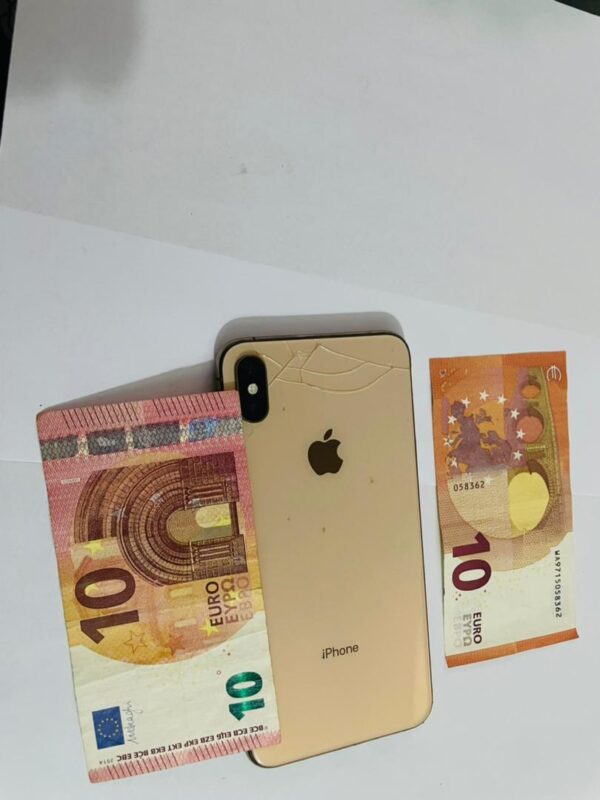
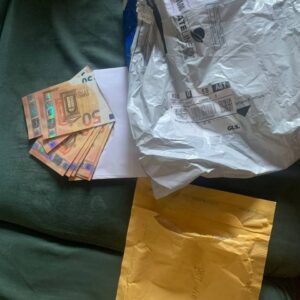
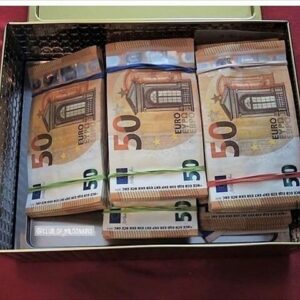
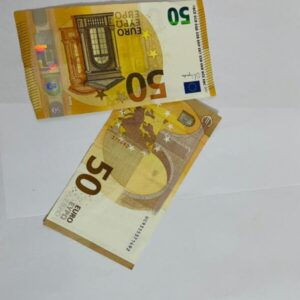
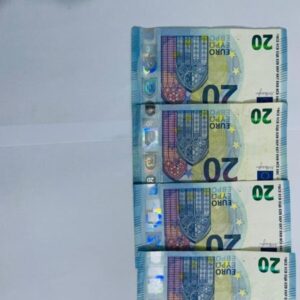
Reviews
There are no reviews yet.